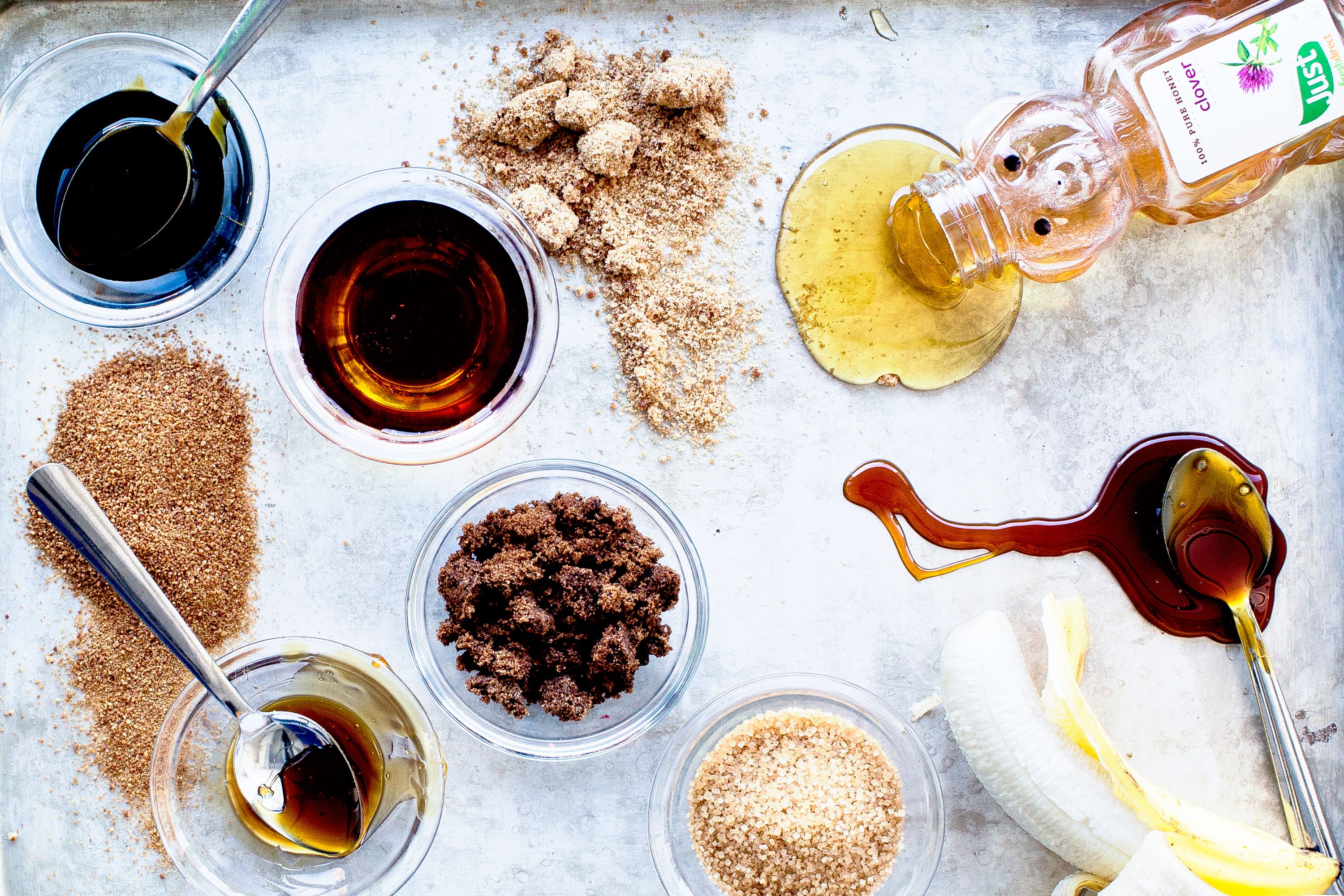Zero sugar syrup isn’t just for sweetening coffee or cocktails—it can also be a clever substitute in baked goods. Whether you’re reducing your sugar intake, following a low-carb diet, or baking for someone with diabetes, using zero sugar syrup in your recipes can offer sweetness without the sugar crash. But how well does it work in the oven? Let’s break it down.
Understanding Zero Sugar Syrup
Zero sugar syrup is a sweet, flavoured liquid made without added cane sugar. Instead, it’s typically sweetened with alternatives like stevia, erythritol, monk fruit extract, or sucralose. These sweeteners are often used alone or in combination to replicate the taste of sugar without the calories or glycaemic impact.
Because of its low-calorie appeal and suitability for various dietary needs (keto, diabetic, vegan), zero sugar syrup is becoming a popular option for home cooks and bakers.
Is It Suitable for Baking?
The good news is yes—zero sugar syrup can be used for baking, but with a few important considerations.
Most sweeteners found in these syrups are heat-stable, meaning they retain their sweetness during baking. That said, some will behave differently compared to sugar when exposed to heat, which can impact browning, moisture, and texture.
Syrups using erythritol or monk fruit are often better suited for baking due to their milder taste and stability at high temperatures. Syrups with stevia or sucralose can also work, though they may have a slightly different aftertaste depending on concentration.
How to Use Zero Sugar Syrup in Baking Recipes
Replacing Sugar with Syrup
If you’re substituting zero sugar syrup for traditional sugar, you’ll need to adjust for both sweetness and moisture:
- Start with ¾ cup of syrup for every 1 cup of sugar, and adjust to taste.
- Because syrup adds liquid, you may need to reduce other wet ingredients slightly—like milk, yoghurt, or eggs—by about 2–4 tablespoons depending on the recipe.
Zero sugar syrup works well in:
- Muffins and cupcakes
- Banana bread or zucchini loaf
- Protein bars and energy bites
- Slices, brownies, and no-bake desserts
Avoid using it where sugar is essential for texture and caramelisation—like in meringues or candy making—unless you’re following a recipe designed for sugar-free alternatives.
Adjusting for Moisture
Baking is a science, and small adjustments make a big difference. If your baked goods come out too wet or gummy, try reducing other liquids slightly. Alternatively, you can increase dry ingredients like almond flour or oats to rebalance the consistency.
Flavour Pairing Ideas
Zero sugar syrups come in a variety of flavours, allowing you to get creative with your baking:
- Vanilla or caramel syrup works beautifully in cakes, slices, and cookies
- Hazelnut syrup can add a rich nutty note to brownies or pancakes
- Fruit flavours like mango, lychee, or passionfruit pair well with summer-inspired baked desserts or coconut-based slices
Baking Tips for Best Results
- Start small: Test your substitution in a half-batch first
- Use high-quality syrup: Choose options without unnecessary thickeners or preservatives for a cleaner taste
- Keep an eye on browning: Sugar-free baked goods may brown less, or brown faster due to alternative sweeteners reacting differently in heat
Common Mistakes to Avoid
- Overusing the syrup: Zero sugar syrup is often more intensely sweet than sugar, so using too much can throw off the balance
- Not adjusting wet ingredients: This can result in soggy or underbaked goods
- Expecting identical texture: Sugar contributes to structure and crispness. While zero sugar syrup can mimic the taste, textures may vary slightly
Last Thoughts
Zero sugar syrup is a fantastic option for anyone wanting to cut back on sugar without giving up baked treats. With a few tweaks and some experimentation, you can enjoy everything from cupcakes to cookies while staying aligned with your health or dietary goals.
Try mixing and matching flavours to find your favourites—and remember, the best baking often comes with a little trial and error!

